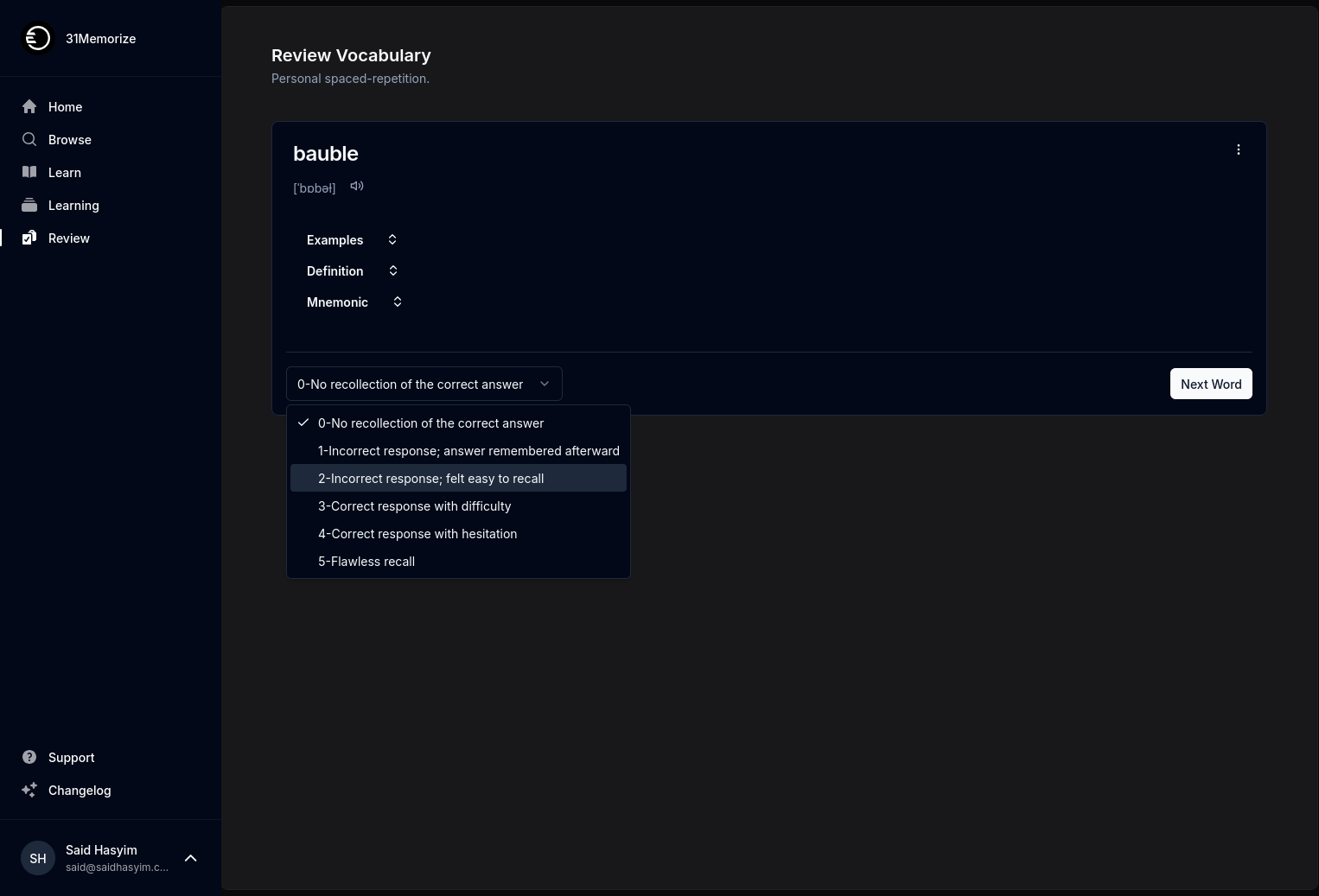How Book Ratings Shape Reader Opinions
In the vast universe of literature, where every reader has the freedom to explore a myriad of genres, themes, and authors, the role of book ratings has become increasingly significant. These numerical scores or star ratings, often accompanied by reader reviews, have transformed the way we discover, perceive, and prioritize books. But how exactly do these ratings shape reader opinions? In this post, we will dive deep into the influence of book ratings on readership, the psychological underpinnings behind them, and the potential consequences they have on the literary landscape.
The Evolution of Book Ratings
Book ratings have come a long way from the days of traditional review columns in newspapers and magazines. With the advent of online platforms and social media, readers now have the opportunity to rate and review books at their fingertips. Sites like Goodreads, Amazon, and various literary blogs provide a space for readers to share their personal thoughts about books, often translating their experiences into ratings that can range from one to five stars.
These platforms facilitate an interactive space where readers can see what others think of a book before committing to it. This is a dramatic shift from past reliance on critical reviews from established literary figures, which were often the sole source of information for potential readers.
The Psychology Behind Ratings
Herd Mentality and Social Proof
Humans are inherently social beings; we tend to look to others when making decisions. This phenomenon is often referred to as social proof, where individuals rely on the feedback and opinions of others to form their own. In the context of book ratings, if a book has a high average rating, it is likely to attract more attention. Conversely, a low rating can discourage readers from giving it a chance.
This herd mentality can drastically impact a book’s success. A five-star rating can propel a novel to the best-seller list, while a one-star rating can mean obscurity. Readers may flock to popular titles, believing that widespread approval serves as an endorsement of quality, much like the way popular restaurants attract diners.
The Halo Effect
The halo effect describes a cognitive bias where the perception of one positive quality influences the overall perception of that entity. In literary terms, if a book is rated highly, readers may assume it exhibits other positive attributes, such as engaging writing, strong character development, or a compelling plot. This can lead to a snowball effect, where the positive ratings inspire more readers to check out the book, further enhancing its reputation.
Conversely, the halo effect can work in reverse. Poor ratings might color perceptions, leading prospective readers to dismiss a book based solely on its rating without considering its merits.
The Impact of Ratings on Reader Choices
Discovery
Book ratings serve as a crucial filter in an age of information overload. With countless new titles being released every year, finding the right book can be overwhelming. High ratings can serve as a guiding star, helping readers navigate through vast options to find what resonates with them. Readers are more likely to pick a book that has garnered a significant number of favorable ratings, assuming that the collective approval indicates quality.
Reader Confidence and Expectation
Ratings can also set reader expectations. When a book carries a high rating, readers might approach it with heightened anticipation. On the flip side, low ratings can generate skepticism regarding whether the book is even worth their time. This informed, yet perhaps premature, judgment may lead to a type of reader bias—whereby they enter the reading experience already influenced by preconceived notions about the book’s quality.
Review Manipulation and Ethical Concerns
While ratings provide useful guidance, they can also present ethical challenges. The ability to rate and review books anonymously has led to contentious practices such as astroturfing and book-bombing. In astroturfing, authors or publishers might create fake accounts to artificially inflate their book's ratings, misrepresenting its quality. Conversely, detractors of a particular book or author might conspire to lower a title's rating. These manipulative tactics can distort the actual reception of a book and mislead readers.
Consequences on Author and Publisher Decisions
Impact on Publishing Trends
As ratings continue to shape reader choices, they, in turn, influence what books get published. Publishers are more likely to invest in works that have demonstrated strong reception or have a distinct marketability. This can lead to a cycle where only certain genres or styles dominate the market, creating a homogenized literary landscape. Unique voices or unconventional stories may struggle to make their mark if they do not receive immediate positive feedback.
The Author's Journey
For authors, engagement with ratings can be a double-edged sword. On one hand, positive ratings can lead to increased recognition and sales. On the other hand, authors remain vulnerable to harsh criticisms from anonymous reviewers. A single low rating can disproportionately affect an author's confidence and future publishing opportunities, leading some to feel discouraged from pursuing their craft.
Conclusion
Book ratings have become an integral component of the contemporary literary world, shaping how readers discover, evaluate, and engage with literature. While they provide valuable insights that can guide choices in a sea of titles, they also introduce ethical dilemmas and potential biases that both readers and writers must navigate.
In today’s ever-evolving digital landscape, it’s essential to remember that while ratings offer a glimpse into public opinion, they do not define the intrinsic value of a book. Each reader is unique, possessing individual tastes and preferences that cannot be quantified by a mere star rating. So the next time you’re browsing through books, consider diving deeper than just the ratings—explore reviews, read excerpts, and trust your instincts in the journey of literary discovery. After all, the world of books is vast, and often the most extraordinary gems are those that may not shine so brightly in the ratings department. Happy reading!
